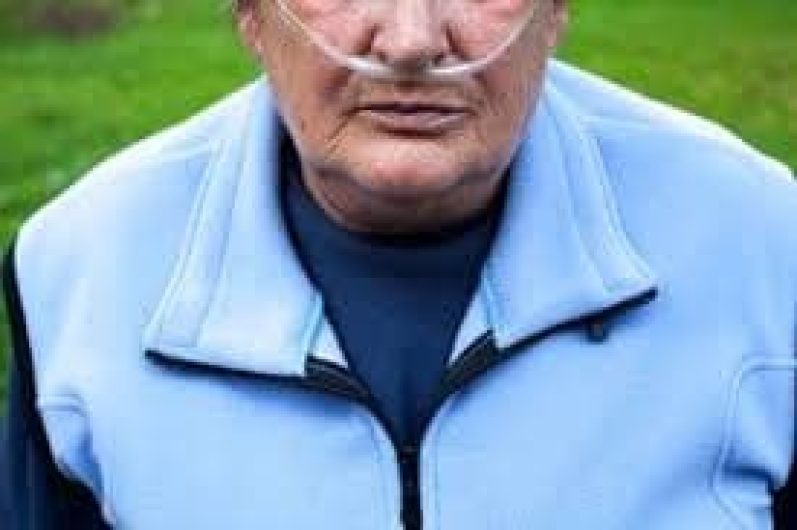Lung diseases are mostly preventable with the exception of cases that are due to genetics or sleep disorders. The most important preventive measure is to stop smoking as it damages the lung, causes Chronic Obstructive Pulmonary Disease (COPD) and releases harmful toxins into the lungs. Thus, it is very important not to be exposed to second or third-hand smoke especially in the case of vaping. Change culture by making your home, car, workplace smoke-free. Tobacco fumes adhere to cloth, walls, furniture, thus leads to lung pollution. So, rent only smoke-free rooms in the hotels when you travel or where you live!
Use Environmentally free paint or ( VOC) Volatile Organic Compound. Regular cleaning of carpets as well. Make your house clean, remove mold, dander, turn on exhaust fan when cooking, change air filters, furnace filters regularly, ensure adequate ventilation, avoid exposure to anyone coughing openly. wear a mask or ask the person who is coughing to wear a mask to avoid the spread of droplet infection. Stay physically active with 30 minutes a day to help improve metabolism and oxygen transportation into the lungs. Avoid obesity and maintain ideal body weight to avoid obesity-related obstructive sleep apnea and restrictive lung disease due to obesity. You should be aware of the quality of Air in and check house or workplace for Radon( which is a silent Radioactive gas produced by the breakdown of Uranium in the ground. You should get an annual flu shot and if you are above 65 years of age, you should also get additional pneumonia shot to prevent pneumonia. You may convert the fireplace into an electronic fireplace to avoid air pollution.
Avoid certain medications that will cause lung toxicity such as Methotrexate prescribed or Rheumatoid Arthritis, Amiodarone which is prescribed for cardiac arrhythmias such as atrial fibrillation and ventricular tachycardias. Chemotherapy such as Bleomycin, Cisplatin, Talc, and Sirolimus will also damage the lung function. People with established COPD should watch for signs of infections which will further irritate and damage the lungs. The warning signs of infection would include shortness of breath, yellow or green sputum, nasal congestion, headaches, unusual sinus drainage, increased fatigue, fatigue, wheezing, new or increased leg swelling. If these signs were ignored, this will lead to an exacerbation of the COPD, which could lead to severe shortness of breath and respiratory failure requiring intubation and mechanical ventilation. This would be necessary in cases of labored breathing, decreased oxygen saturation leading to cyanosis( blue discoloration of the lips or fingers and could be accompanied by confusion, disorientation leading to intubation. Hence, the need for seeking help early as soon as the signs of fever, cough, yellow sputum, wheezing takes place. In the meantime, smoking in all its forms should be stopped, Do Not use over-the-counter nasal spray more than 48 hours , do not take codeine or any cough suppressant and do not take extra doses of theophylline as it will precipitate cardiac arrhythmias such as Atrial fibrillation which can be fast and irregular leading to further decompensation of the respiratory status with fast-developing congestive heart failure unless heart rate is controlled or acute stroke unless patient is started on blood thinners.
The main lines of therapy for acute exacerbation of COPD include administration of Oxygen, IV antibiotics, bronchodilators therapy to overcome the bronchospasm and adding short term steroid therapy to overcome the inflammation inside the bronchial tree. Checking the heart muscle function, as well as the function of the heart valves, are critical in the management of possible concomitant congestive heart failure leading to further worsening of the respiratory function making breathing worse clinically.
Echocardiogram can non-invasively help assess patients for pulmonary hypertension( elevated pulmonary pressures) which could complicate COPD exacerbation and has to be treated. as well. Similarly, Hypertension, or elevated blood pressure and fast heart rate need to be treated
Just remember to seek professional help early, take proper preventive interventions would not only reduce the numbers of COPD exacerbations but reduce hospitalizations and associated complications namely respiratory failure requiring intubation, mechanical ventilatory support, prolonged stay in the Intensive Care Unit (ICU Admission) and related procedures like tracheostomy for those who can not be weaned off the ventilatory support and a feeding tube in many cases, thus become a chronic long term care patient with mostly poor outcome with one complication following the other such as repeated infections, bleeding to becoming terminal!
These effective preventative measures will save billions of dollars spent and improve patient outcomes and overall quality of life!










